
Professor Kam Hock HOE and students outside the Macalister Road dojo, Penang, Malaysia1956
The Kokusai Jujutsu Kenkyukai
The International Jujutsu Research Society
The Kokusai Jujutsu Kenkyukai is an independent Jujutsu research society, our origins are from the Bankoku Jujutsu Gakuin, 萬國柔術學院, International Jujutsu Institute. Being independent we are not beholden to our parent school, but we are on good terms with Errol Perera Dento no Kyoju the son of our late Grand Master and now Headmaster of that organisation.
The Kokusai Jujutsu Kenkyukai is lead by Raymond Brian LEA Dento no Kyoju. Our organisation has been lead by Professor LEA since it was formed in 2000. Before that Professor LEA founded its predecessor, the International Jujutsu Institute Australasia in the early 1970s at the direction of our late Grand Master HOE Kam Hock 和⽢福 (Kam Hock HOE) , Headmaster of the Bankoku Jujutsu Gakuin and the Hyou-ha Bankoku Jujutsu Tradition.

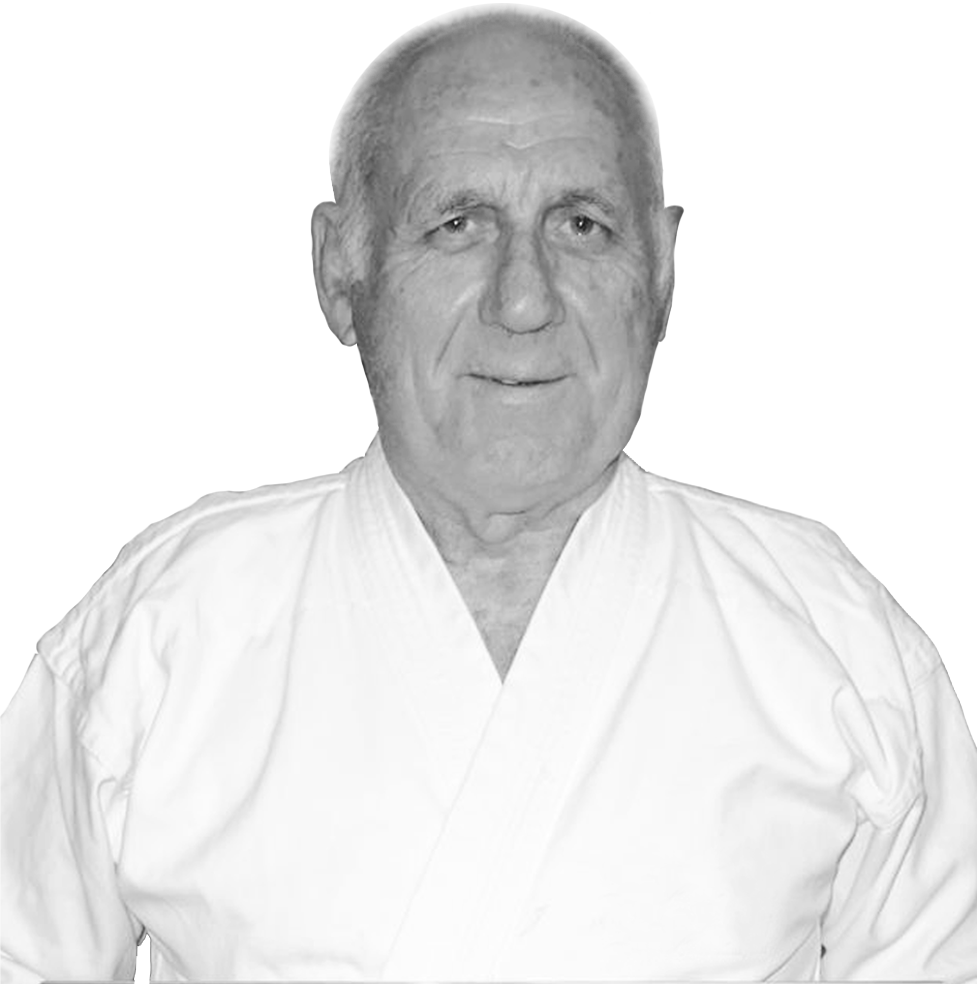
Professor Kam Hock HOE
Professor Raymond LEA
History of Hyou-ha Bankoku Jujutsu
The form of jujutsu practiced by members of the Kokusai Jujutsu Kenkyukai is called Hyou-ha Bankoku Jujutsu, this translates to something like "Panther Lineage International Jujutsu." The name is used to differentiate our jujutsu from a number of other jujutsu organisations that identify themselves as International Jujutsu.
The society uses the prefix “Hyou-ha” 豹派 Panther Lineage to honour the founder of this branch of Bankoku Jujutsu, Professor HOE Kam Hock 和 甘福 who was known throughout Asia as “Panther HOE." Professor HOE was the founder and headmaster of the Bankoku Jujutsu Gakuin.
In his younger days he was famous throughout Asia for his wrestling prowess where he acquired the ring name of “Panther Hoe.” He was a healer and a teacher; his incredible Jujutsu, Kuatsu and Hakuda Kenpo skills where unique; we will not see his like again.
Grades and Titles Held by Professor Hoe
Den-i 伝位 Traditional Jujutsu Licences
The Kyoto Kokusai Jujutsu Daigakuin, 京都国際柔術大, Kyoto International Jujutsu Graduate School, headquartered in the Kansai area of Western Honshu, Japan, centred on Kyoto, Osaka and Kobe awarded Professor HOE the following traditional Jujutsu licences:
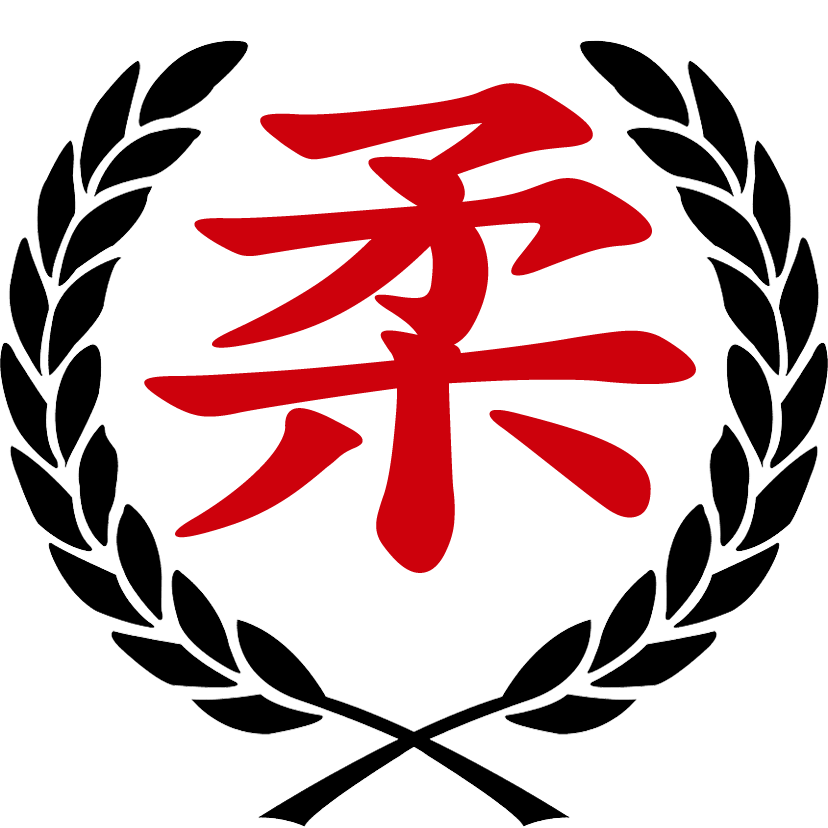


Dan-i 段位 Modern Jujutsu Grades
The Kokusai Jujutsu Daigakuin also awarded Professor HOE the following Dan-i Jujutsu grade:

Other Modern Grades
On June 23rd 1980 Professor HOE was recognised as a Jujutsu Grand Master.
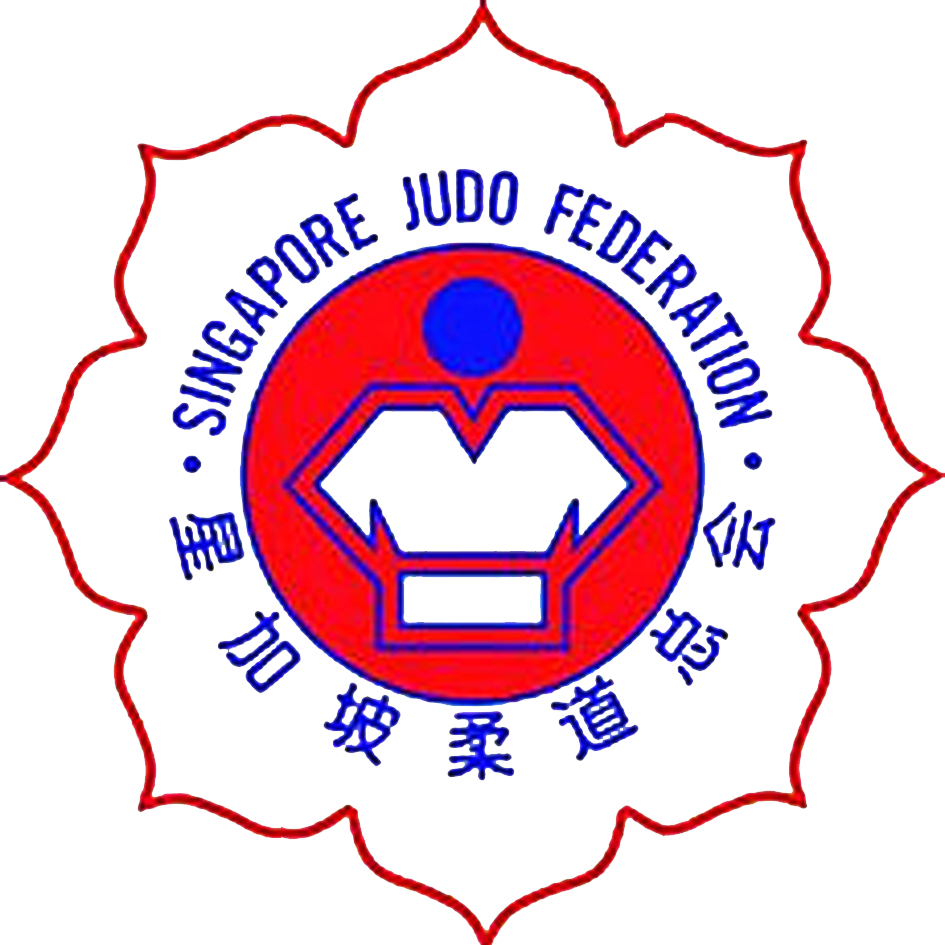
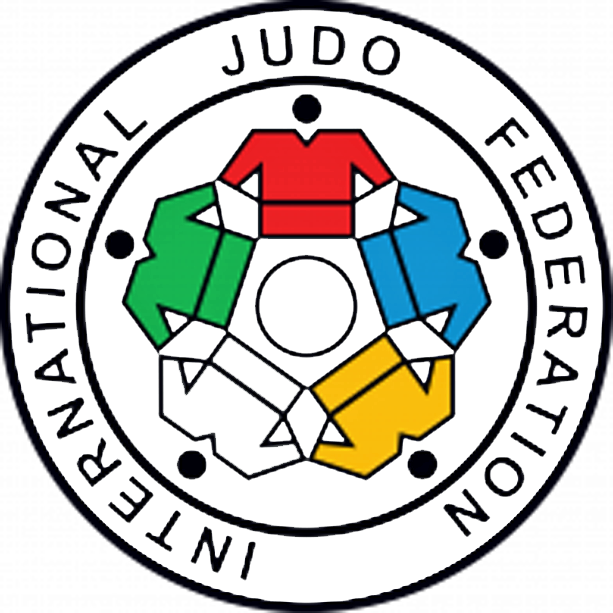
Shogo 称号 Titles
Professor HOE
held the following titles:

He began his jujutsu training in 1919 at a dojo “down Bras Basah Road,” as he described it. This dojo was opened in 1904 by a Professor AKISHIMA Tsunejiro 阿嘉島 恒次郎 教授.
Little is known of Akishima-ryu
阿嘉島流
other than that it consisted of some one hundred and forty-four jujutsu and kuatsu techniques. Akishima-ryu, also pronounced “Akijima-ryu” appears to have been a small personal style created by Professor Akishima; that is to say; not a part of the Bankoku Jujutsu group.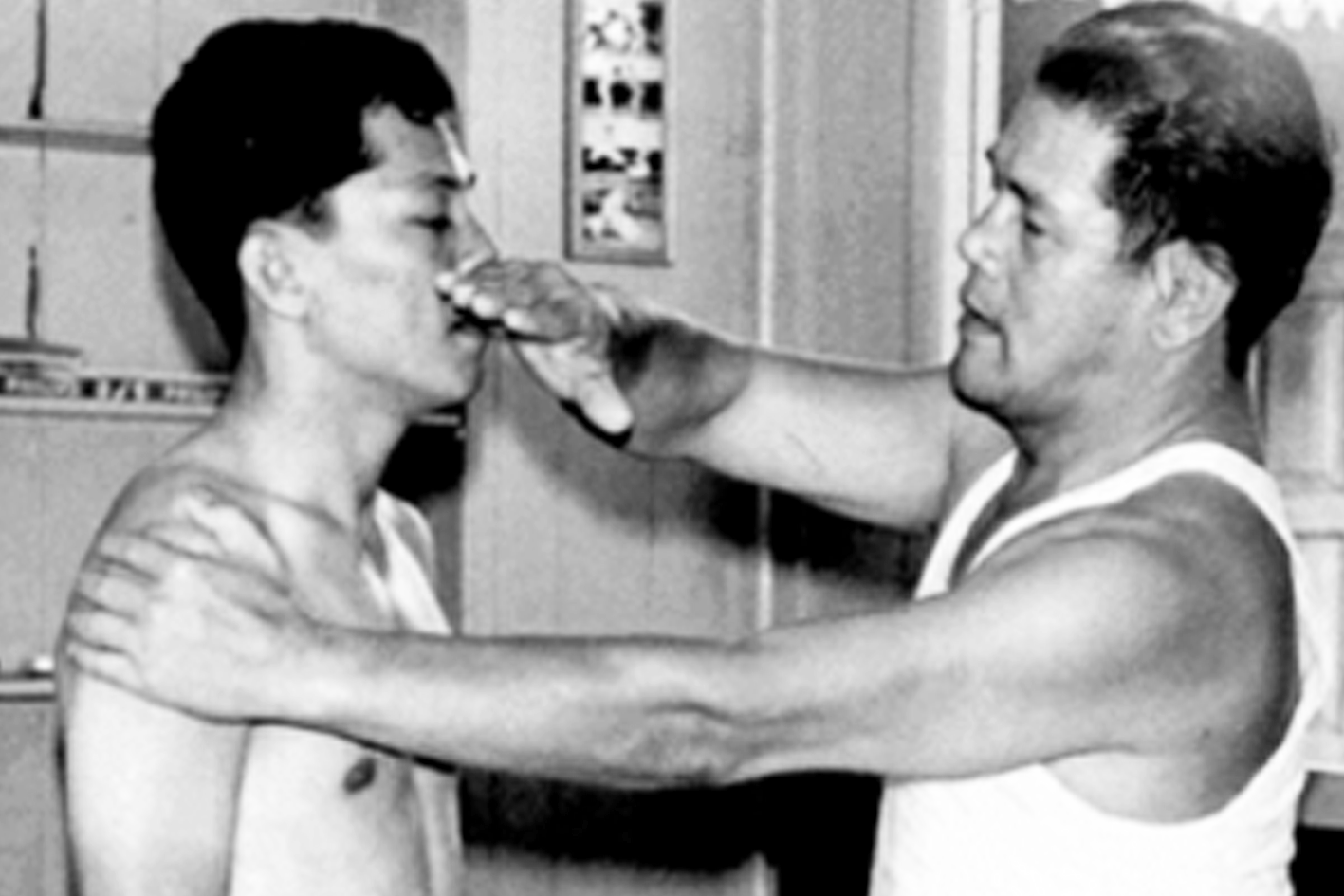
In 1905 KOIZUMI Gunji Sensei, famous as the “Father of English Judo” spent 4 months in Singapore. In “My Study of Judo: The Principles and the Technical Fundamentals;” 1960; Koizumi Sensei wrote:
“During a four month stay in Singapore from November 1905 to February 1906, I helped Akishima Sensei in the conduct of his Jujutsu school and was taught the 144 techniques of Akashima-ryu. His method of instruction was only in the form of kata. The participators stood at each end of the dojo and after an exchange of kiai, they met in the centre for action.
The technique consisted of throws, locks and blows, many of which were of doubtful practical value. However, I owe Sensei Akishima much for his instruction in the technical essentials which were taught in the olden days only to those who were approved by the teacher.”
It isn’t clear whether
or not Akishima-ryu was still practiced in the dojo by the time Professor Hoe began
practicing there in 1919. What is clear is that he excelled and found his
life’s passion.
In 1925 at around 23
years of age, while continuing with his jujutsu trainning he began wrestling
as a professional in All-in-American style wrestling tournaments.
Three years later in
1928 his jujutsu training was suddenly disrupted when most of his Jujutsu
teachers returned to Japan after the British Colonial Administration made
changes to immigration laws. Professor Hoe then training under Professor WATANABE on
Serangoon Road, now in Singapore. Other masters he trained with at that time
included, Professor YAMASAKI and Professor
HIYAKE.
It is likely that
Bankoku Jujutsu was a small school, indigenous to the Kyoto, Kobe, Osaka
triangle, known as the Kansei area of Japan. What we have been able to piece
together from fragments of many conversations with Professor Hoe is that in the first
half of the twentieth century Bankoku Jujutsu was a collection of seven
co-lateral schools of jujutsu. That is, it was an organisation of seven largely
independent masters each of whom had authority to develop their own “personal”
branch based on the jujutsu that they learnt from the other six masters.
During his time living in Japan Professor Hoe would travel to Tokyo
where he trained at the dojo of the Imperial Palace Police Force under it’s then Judo
Master, NAKANO Shozo Sensei 中野正左 1888 –
1977 a Kodokan Judo Judan. While Professor Hoe was not a Judoka, he was clearly
impressed by the Goshinjutsu 護身術 Self-defence Art and Taihojutsu 逮捕術 Arresting Art skills of Nakano Sensei as he often spoke of him in glowing terms with Professor Lea.
When asked by Professor Lea what style of Jujutsu he learnt there, he replied “Nakano School.” One
can speculate that a mis-understanding of Nakano Sensei’s name may be the source
of the erroneous naming of our Jujutsu as “Kano Jujutsu” by one group of former
members of the Kokusai Jujutsu Kenkyukai.
In
1930 Professor Hoe traveled to Hong Kong and Shanghai to test his jujutsu in the
wrestling ring. About this time, he became known as "Panther Hoe, the Terror
of Pahang," since that time he has been known affectionately to
generations of students and patients alike simply as “Panther Hoe.”
Professor Hoe based himself in
Shanghai where he became the All-in-American style wrestling Champion of Hong
Kong and Malaya while continuing his Jujutsu studies under Professor YAMANAKA who was at that time a resident of Shanghai.
On the recommendation
of Professor Yamanaka Professor Hoe was invited to live and train in Kyoto. Four years
later in 1934, he was promoted to the rank of Sandan Meiyo 参段名誉 Sandan Honours, the equivalent of 9th Dan in the modern 10-dan grading systems,
After his period of
training in the Kansai he returned to Shanghai for a series of wrestling
bouts where he became known as "the Contender of Shanghai." During
this period Panther Hoe was a figure of legendary status throughout Asia. He
was known as an unbeatable fighter from Manchuria in the North to Java in the
South and from India to Japan.
The following year,
1935, he was recalled to Japan to the city of Kobe where, together with his
friend and long-term training partner, Professor YAMASHITA, he was taught the inner most secrets of Bankoku Jujutsu. Together
they were tested and finally, honoured with promotion to the highest level in
Bankoku Jujutsu and Kuatsu, Dento
no Kyoju 伝統の教授 Professor of
the Tradition and were each given authority to begin their own
collateral branches of Bankoku Jujutsu.
Unfortunately, most of
the seniors of Bankoku Jujutsu did not survive the war in the Pacific. The only
known survivors were Professor HOE in Malaya and his friend and training partner Professor YAMASHITA in Japan.
Sadly, neither was
aware of the others survival, it was only when Professor YAMASHITA’s son visited
Australia a few years after Professor Hoe passed away that the Yamashita family became
aware of his survival.
We believe that
Yamashita-ha Bankoku Jujutsu is still extant in Japan but is now kept within
the Yamashita family. All attempts to contact the family have been
unsuccessful; this is a great loss to Bankoku Jujutsu practitioners in the west.
After this momentous event in a young man’s life, remembering that in 1935 he was only around 32 years old, Professor Hoe returned to Malaya and opened Hoe’s Jujutsu Studio in Kuala Lumpur.
In 1936 he joined the Federated Malay States Police Depot as a Physical Training, Self-defence and boxing instructor. He held that position for a considerable period during which he eventually trained the instructors that took over from him. He continued teaching Jujutsu until the outbreak of the war in the Pacific.
After the war Professor Hoe immersed himself in the reconstruction of Malaya and continued teaching Jujutsu and treating patients with the healing methods of his Kuatsu.
In 1956 he moved to Penang and opened a dojo at 69B Macalister Road, later moving to 217 Macalister Road. He also taught at the International Judo Institute as a paid employee, a relationship that ended when a Kodokan inspector discovered that Professor Hoe, like many Jujutsu masters of his generation, taught Jujutsu rather than “modern Judo.”
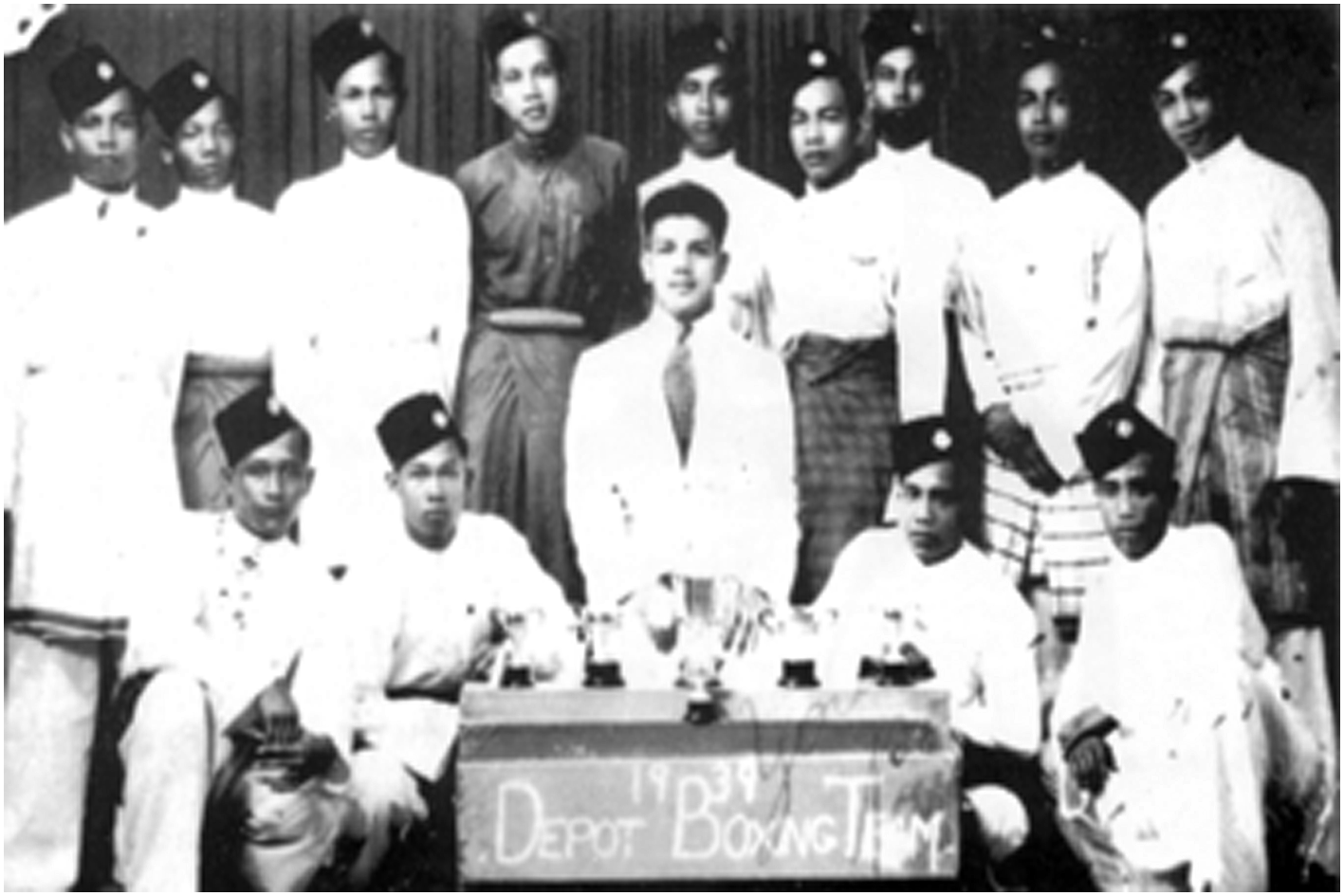
Professor Hoe with his 1939 Federated
Malay States Police Depot Boxing Team
In 1958 Professor Hoe purchased the International Judo Institute and changed its name to the International Jujutsu Institute. He also began teaching Jujutsu at the Royal Air Force Base at RAF Butterworth across the causeway from Penang. He also taught at his various residences including the famous dojo in the back garden of his home in Chee Seng Gardens, Tanjong Bunga, Penang.
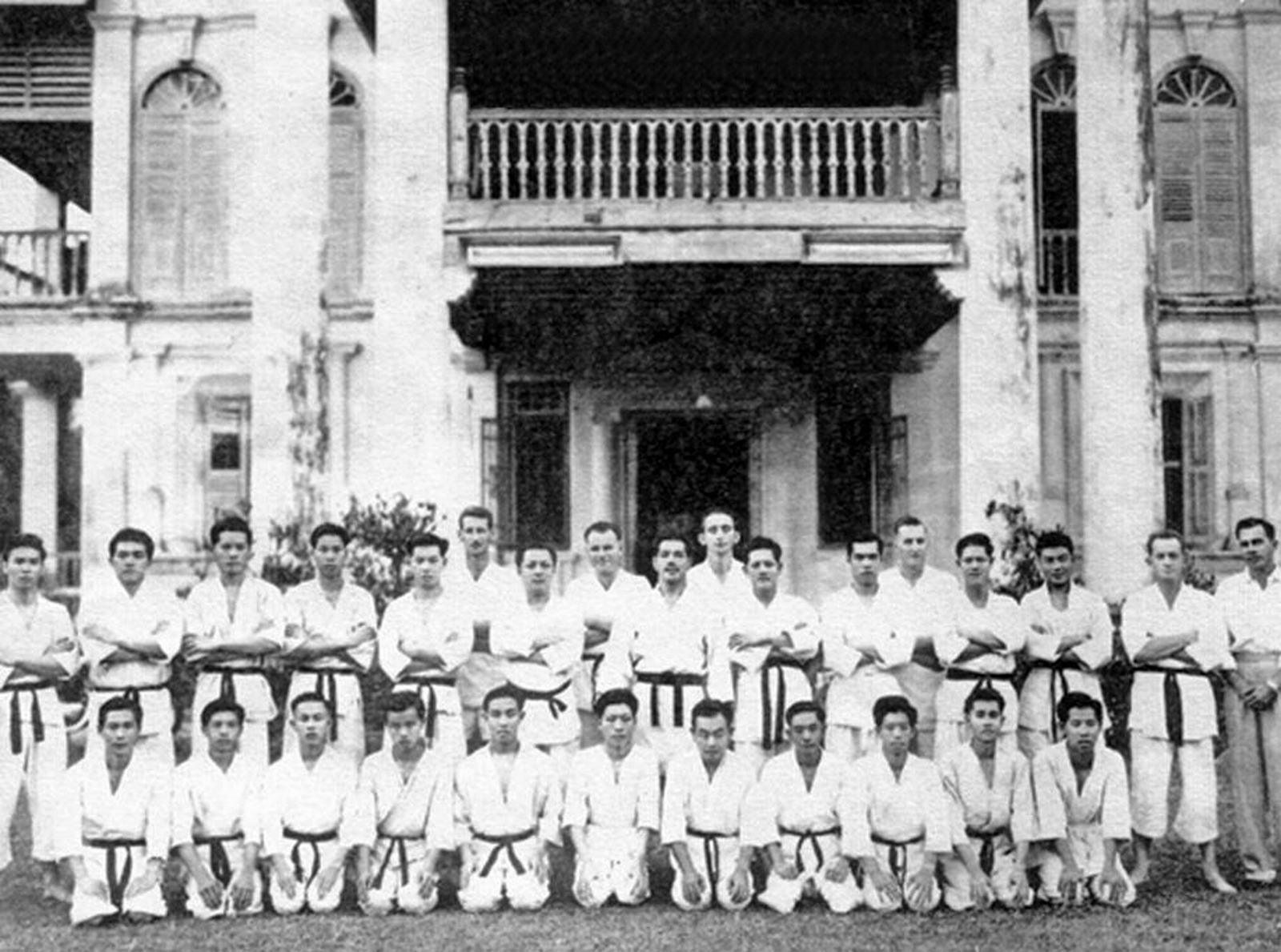
Professor Hoe and students outside
the Macalister Road dojo
The RAF handed management of RMAF Butterworth over to the Royal Australian Airforce (RAAF) in 1958. As a result, one of Professor Hoe's main sources of jujutsu students changed from the Royal Air Force to the Royal Australian Air Force.

Professor Hoe and a young Professor Lea at the rear
of Professor Hoe's Chee Seng Gradens residence on Penang
In 1968 Professor Hoe accepted
a young Raymond Lea, at that time a RAAF member stationed at RAAF Butterworth, as a Jujutsu student and by years end promoted him to an old-style black belt equivalent to a modern Shodan grade.
By 1969 Raymond Lea had been promoted to the equivalent of a modern Yondan. In 1970 heartened by Raymond Lea’s enthusiasm and
aptitude for jujutsu Professor Hoe acknowledged him as his disciple and named him Dojo-cho 道場長 Instructor in charge of the RAAF Butterworth dojo. Amongst Professor Lea's students were several of Professor Hoe's children, including his adopted son, a young Errol Perera.
Two years later Professor Hoe accepted one of Master Lea’s Butterworth students, another young RAAF member named Graham Rennie, now known as Biggibilla as his disciple. In 1975 Professor Hoe and Mr. Rennie/Biggibilla published a book on Hyou-ha Bankoku Jujutsu.
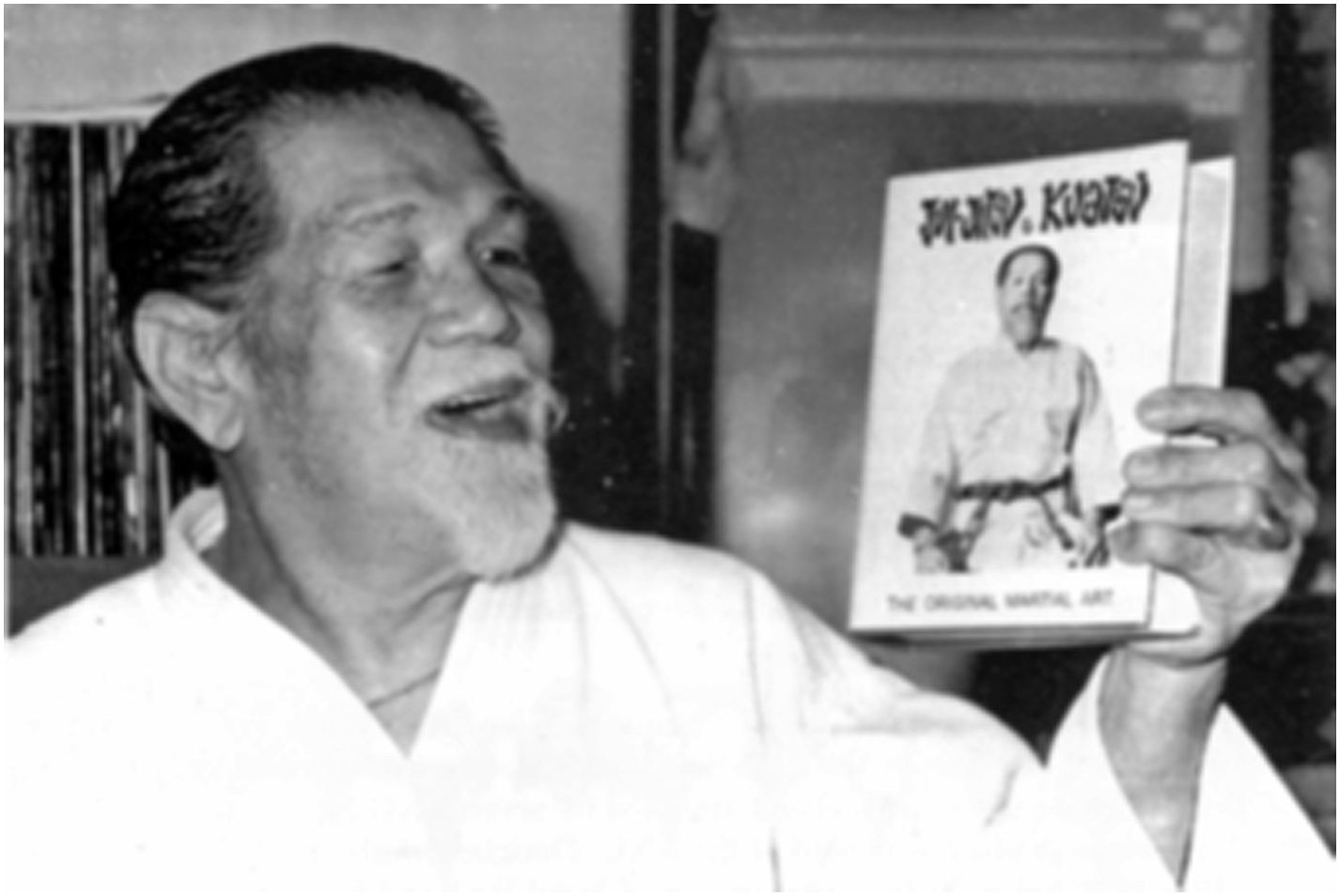
Professor Hoe holding the book he co-wrote with Graham Rennie
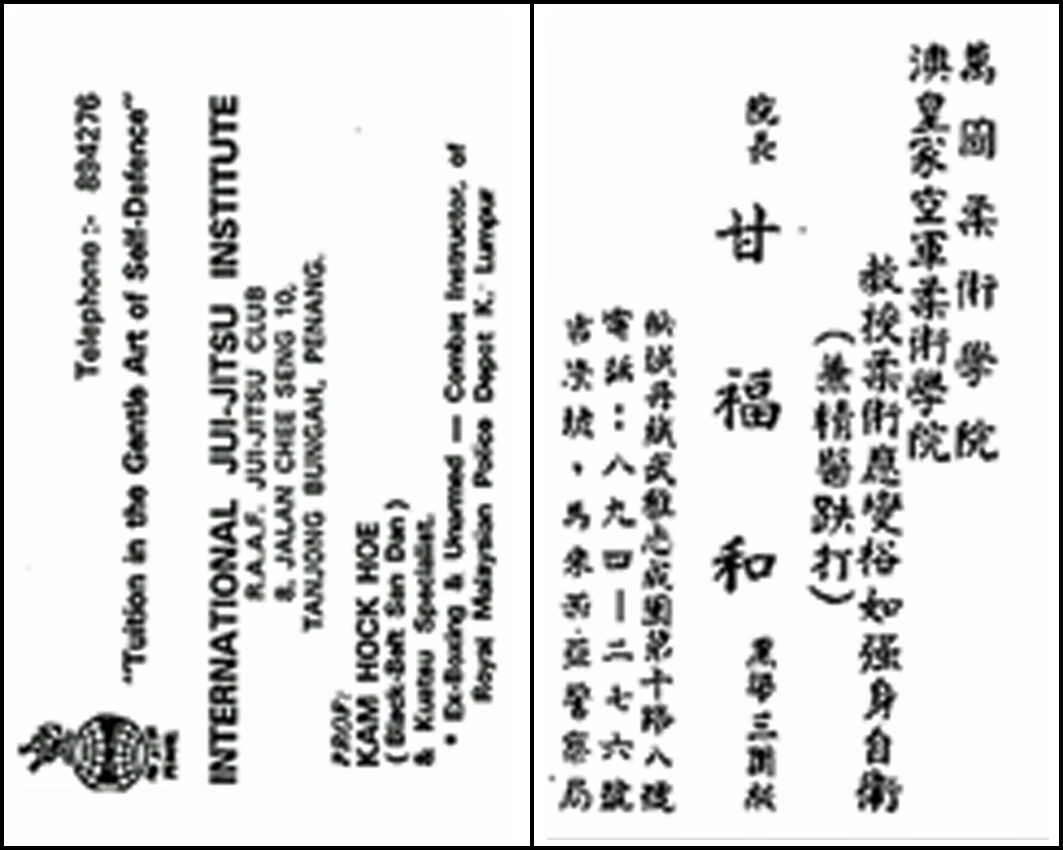
Professor Hoe's business card
Presented to Collett Shihan in 1975
Now well into his seventies
Professor Hoe relocated to Kuala Lumpur in 1979 to live with his adopted son, Professor Errol PERERA Dento no Kyoju. He continued limited but full-time teaching through the 1980s.
In June 1980 Professor Hoe was
honoured by being acknowledge as a Jujutsu Grand Master and with the award of Judan 十段 10th Dan jointly
by the Singapore Judo Federation and the Malaysian Judo Federation.
Between 1981 and 1990
he was effectively in retirement only teaching Jujutsu to a few private
students and preparing Errol PERERA Shuseki Shihan 主席 師範 Head Shihan and Sekai
Gakuenchou世界学園⾧World
Head Master to take over leadership of Hyou-ha Bankoku Jujutsu
and Kuatsu. He was still active up until his death at home on 3rd October 1990.
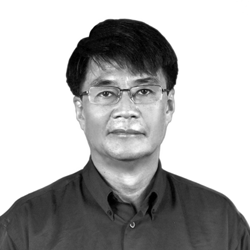
Professor Perera in 2017
The organisational
structure of the old Bankoku Jujutsu seems to be at quite a variance from what
we know of the Japanese norm for martial arts organisations today, but this is as it
was described by our master and there is no reason to doubt his word. While what
happened back in the early to mid 1900s is of historical interest, it is clear
that Hyou-ha Bankoku Jujutsu is what Professor Hoe and his students made it,
the rest is interesting, but it isn’t particularly important to today’s students.
The jujutsu that comes
to us from Professor Hoe is powerful, rich in technical content and effective for the
purpose of unarmed self-defence. That is the basis on which the society
continues to research, practice and teach it.
Master PERERA is Master Kam Hock HOE’s son; in his youth he was a
student of Master Raymond Lea at the RAAF Butterworth Jujutsu Club. He was a
long-term student of Master HOE.
On Master HOE’s passing in October 1990 Master PERERA assumed the
responsibility of being the worldwide leader of our jujutsu and Kuatsu.
Traditional Den-i Jujutsu grades help by Professor Perera include:
| Menkyo Okugi-kaiden 免許奥義皆伝 Full Transmission of the inner mysteries of the tradition - Malaysia 1990 | ||
| Dento no Kyoju 伝統の教授 Professor of the Tradition of Hyou-ha Bankoku Jujutsu - Malaysia 1990 | ||
| Sekai Gakuenchou 世界学園長豹派萬國柔術 World-wide Leader of Hyou-ha Bankoku Jujutsu - Malaysia 1990 |
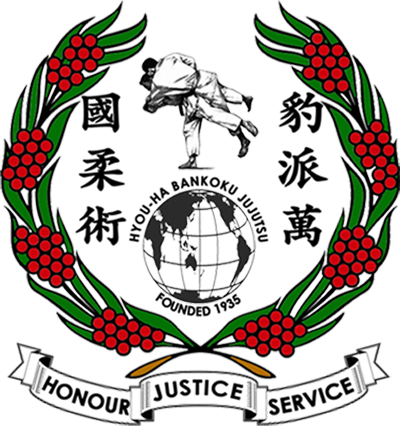


Dan-i Jujutsu Ranks held by Professor Perera include:

Unfortunately, Professor Perera became disheartened with the behaviour of a group of his senior students and has largely withdrawn from jujutsu. This is a terrible thing but we respect his wishes and continue to acknowledge him as the world leader of our martial art.
created with
Website Builder Software .